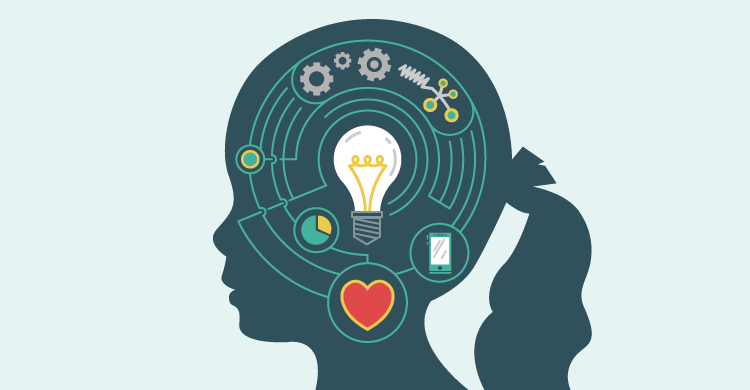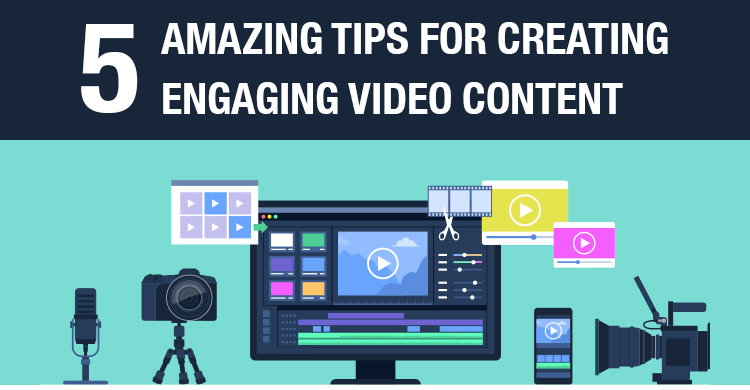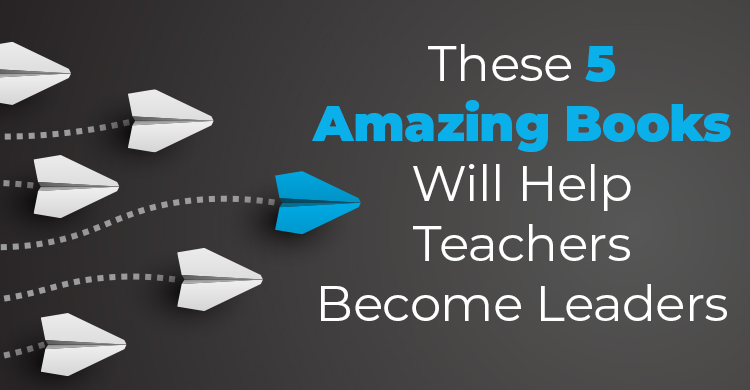The most popular piece of content that I’ve ever created is this graphic detailing both the right and wrong ways to use technology:
It has been viewed over 30,000 times on Flickr, it is tweeted and retweeted dozens of times every week, and it shows up in #edtech presentations again and again—and while most readers love the image, I’m always driven by the small handful of vocal critics who uncork on me for suggesting that there are wrong ways to use technology.
“There are NO wrong ways to use technology,” they say. “Technology motivates kids and is the future of learning. Anything that we are doing with digital tools in classrooms is useful and to suggest otherwise is offensive to teachers who are doing their best to create 21st century learning spaces.”
Now, I get that the tone of my graphic probably turns some people off. After all, few teachers want to be told that they are doing things wrong—and for teachers who are just starting to tinker with digital tools in the classroom, the tasks on the left-hand side of this image might just be important starting points to reimagining the classroom.
But I really DO think that we waste a ton of time, energy, and resources on useless attempts to integrate technology into our instructional practices. Falsely convinced that today’s kids are digital natives who are straight jazzed anytime that they have devices in their hands, we forget that technology doesn’t actually motivate kids.
Need proof? Then read through this interview that a group of my students did for a popular middle school magazine. In it, they reflect on a blog that we’ve built over the past few years that is designed to raise awareness in teens and tweens about the amount of sugar in the foods that we eat on a regular basis.
Notice that my kids rarely mention the digital tools that make their #sugarkills mission successful. They aren’t saying, “We are just so happy to be blogging because blogging is cool!” or “The most motivating part of our #sugarkills project is using computers in the classroom.” Instead, they are driven by the notion that their work actually matters. “How many 12-year-old students can say that they are changing people’s lives around the world?” they write. “The fact that we can is amazing! We’re definitely most proud of that.”
The lesson for teachers and school leaders charged with preparing today’s students for tomorrow’s world: Digital tools in and of themselves do little to engage students or to change learning spaces—and until we start to wrestle with the reality that there ARE wrong ways to use technology, we will struggle to truly design learning experiences that our students find meaningful.
[author_bio id=”413″]






